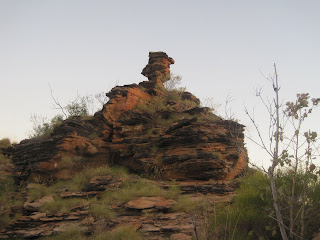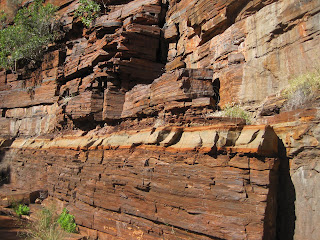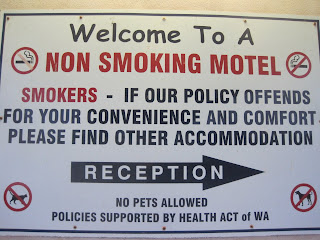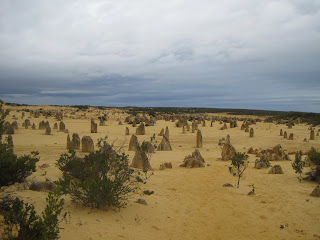






We decided to break the journey between Kununurra and Katherine at Timber Creek, where we stayed at the Roadhouse / Motel. Our Donga was quite comfortable, and the walls solid, which I was quite pleased about when we discovered some locals having some fun by dangling pork chops into the creek behind the room in order to attract crocs. They were successful too ! From Timber Creek, we explored the Gregory National Park, named after the explorer Augustus Charles Gregory, who had been commissioned to explore this part of Australia by the imperial Government. He did this by sailing up the Victoria river, which even in the dry dwarfs anything we have in Victoria, and establishing a base camp on the banks. At the camp, his men carved their arrival and departure dates into giant baob trees, and the inscriptions look today as if they have only just been carved. We visited Cockatoo Lagoon, observing the eponymous birds from behind a rather flimsy fence, which I couldn't believe would deter an even half hearted croc, let alone a hungry one. We climbed to a lookout above the Victoria River, which afforded marvellous views, and on our descent, literally bumped into our friend Di from Daylesford marching purposefully along the escarpment. Just a couple of days before our departure, we had met in Gracenotes Cafe, and exchanged plans over a cappuccino, and here we were, half way up a mountain in the Northern Territory, 13 months into our adventure, and 4 months into Di's. We were rather impressed by her tales of 4WD derring do, and felt a little embarrassed at sticking only to the bitumen in a plastic car. We are going to meet again in Daylesford in September to compare notes.












































